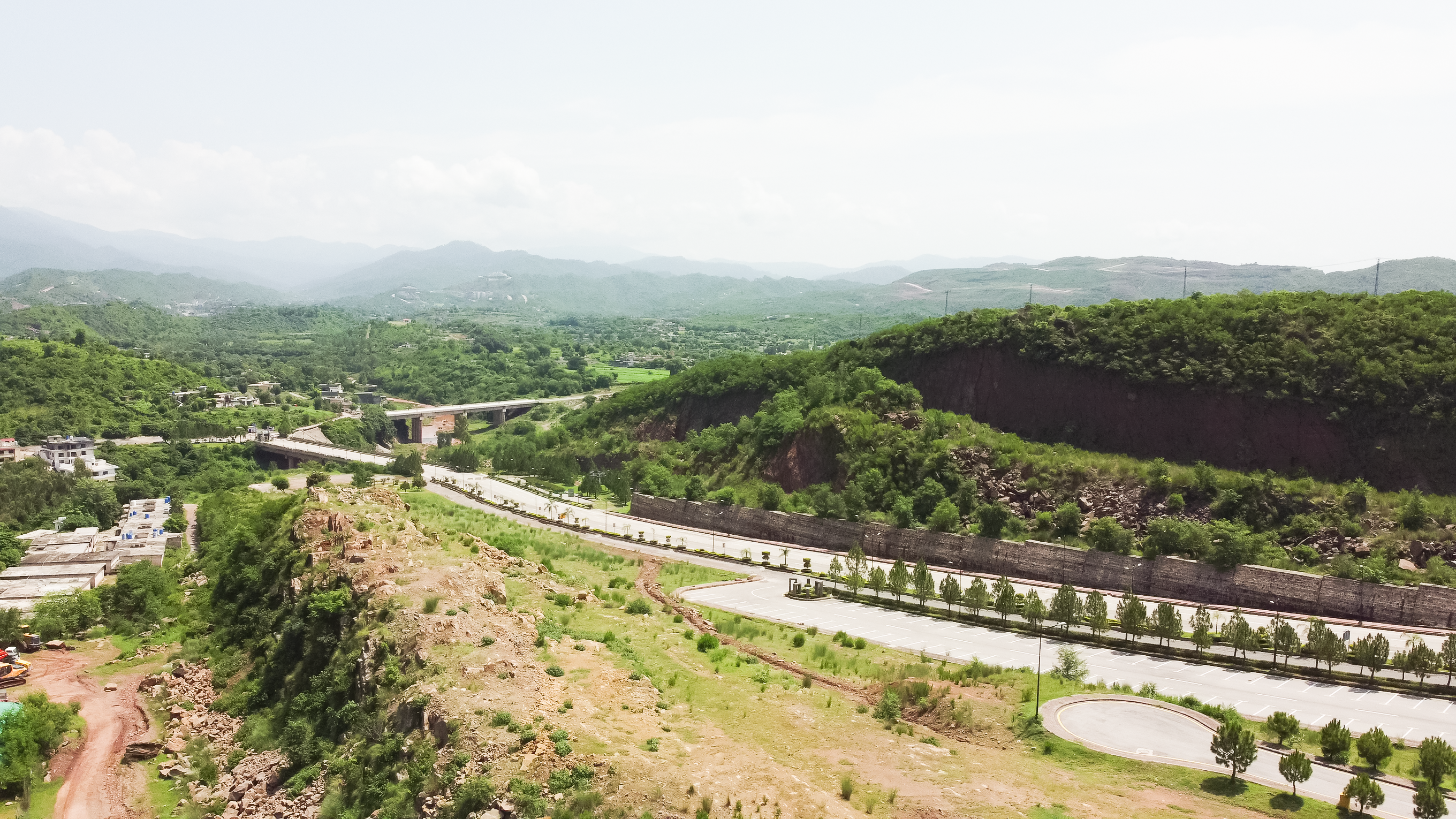In June 2024, few would have placed Pakistan on a shortlist of emerging markets with improving risk profiles. Yet, in October 2025, Bloomberg data placed the country second only to Türkiye in terms of default risk reduction, down 28%, and the only nation to post consistent quarterly improvement over 15 months.
This shift in Credit Default Swap (CDS) pricing is a market-based signal of confidence from institutional creditors, priced in real time, globally tracked, and impossible to manufacture. And in a world increasingly wary of macro shocks, few signals carry more weight than sovereign risk compression.
So what changed?
A Multi-Layered Repricing of Pakistan’s Risk
The sovereign risk repricing reflects a deeper recalibration of Pakistan’s standing in global financial circles. The country, once seen as a perennial frontier risk, has moved through a cycle of macro stabilisation, meeting IMF targets, improving its current account, and steadily rebuilding reserves. Moody’s responded in August 2025 with a one-notch upgrade, and for the first time in a decade, market and rating agency trajectories are aligned.
Crucially, this is not a rally driven by short-term optimism. Pakistan’s drop in default risk is sharper than South Africa, Egypt, and Colombia. Unlike the occasional rebound many emerging markets witness, Pakistan’s improvement is sustained, broad-based, and, most importantly, being priced into institutional models.
The Market Is Already Responding
While media attention has been slow to catch up, global capital has not. Barron’s called Pakistan’s economy a “mini-miracle” back in May. BlackRock’s Frontiers Investment Trust reallocated 5% of its portfolio to Pakistan by year-end 2024. In February 2025, Bloomberg noted that funds like Eaton Vance were joining the wave, following an 84% stock market rally that revalued local equities from distressed to investable.

That rally has not only been held, but it has expanded. As of October 2025, the Pakistan Stock Exchange is nearing the 170,000-point mark, setting record volumes and drawing in mutual funds, insurers, and high-net-worth individuals alike.
A Parallel Shift in the Real Economy
The repricing of Pakistan’s credit risk is also mirrored by structural shifts in the real economy. Industrial output rose 8.9% year-on-year in July, the highest in over three years. Categories like furniture, automobiles, and apparel posted double-digit growth, driven by both export demand and import substitution.
At the same time, multinational exits, once viewed as a red flag, are now being reassessed, as global brands exiting low-margin segments have opened the door for domestic players to expand, localise supply chains, and compete on product quality. Cnergyico’s pivot to U.S. oil imports reflects this broader adaptation: a move toward diversified inputs, cost efficiency, and capacity growth, not decline.
The Implication for Property Investors
In markets like Pakistan, sovereign risk is the first screen. When that risk begins to compress at pace, and capital begins to return, the knock-on effects become self-reinforcing. Currency stabilisation, lower interest rate expectations, rising consumption, and infrastructure allocation follow. For long-term real estate investors, these are not abstract variables. They shape demand, financeability, and rental yields.
The picture forming now is not one of volatility, but of belated recognition. And as sovereign risk reprices, so too will real asset valuations.
The Bloomberg CDS chart is not merely encouraging. It is definitive. Pakistan has entered a new pricing regime, one built not on optimism, but on performance.
For years, the country sat outside the mainstream of global capital flows. In 2025, it’s quietly being re-invited in.
For overseas Pakistanis seeking high-quality homes in stable, high-growth markets, this matters. One Homes is a British real estate developer building professionally managed vacation residences in emerging economies, designed to global standards, and structured for long-term value.
Recent News



